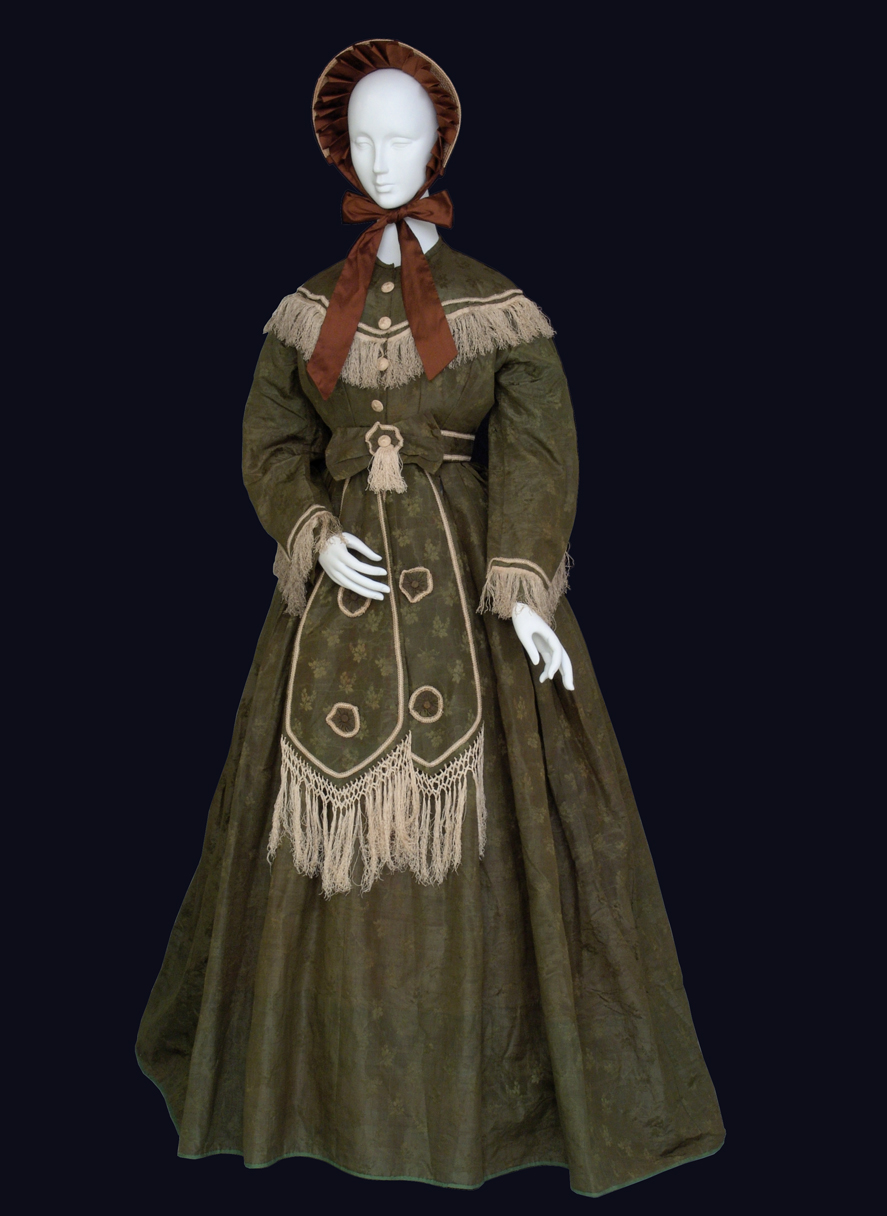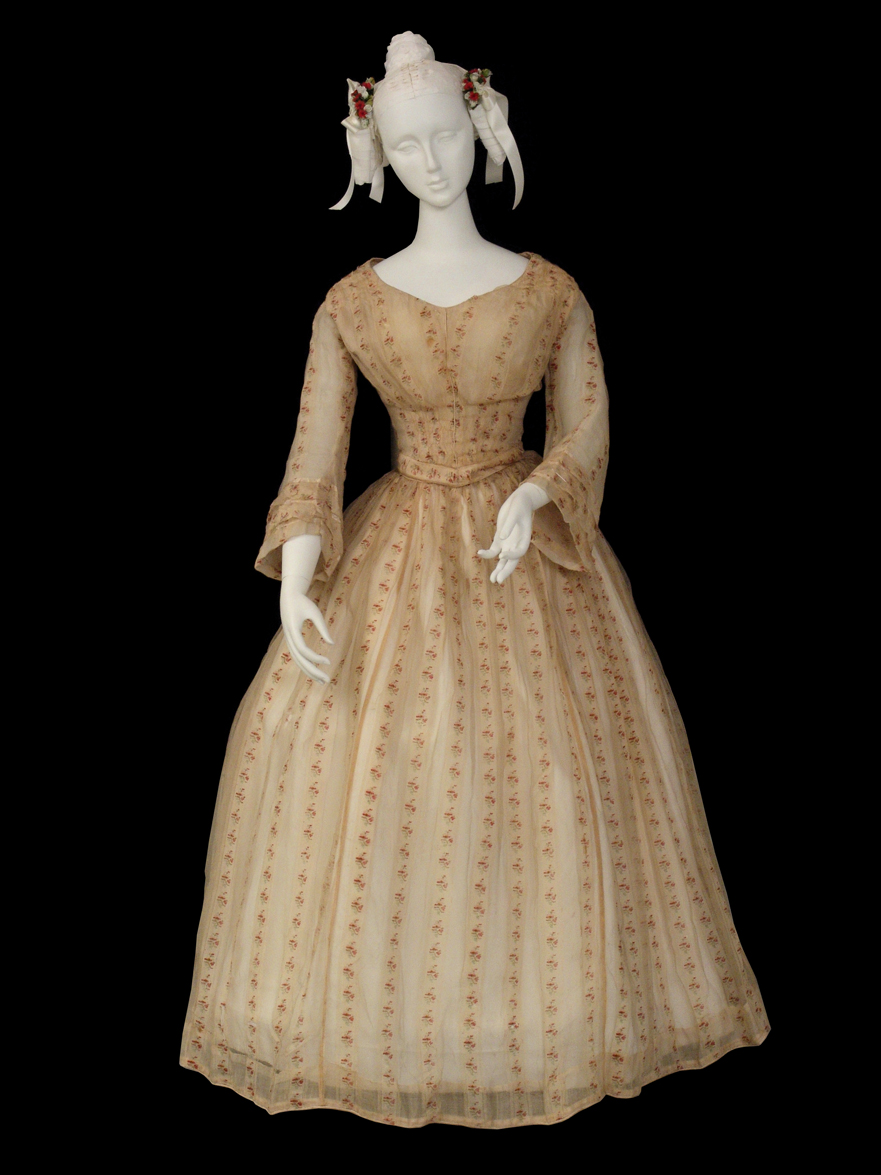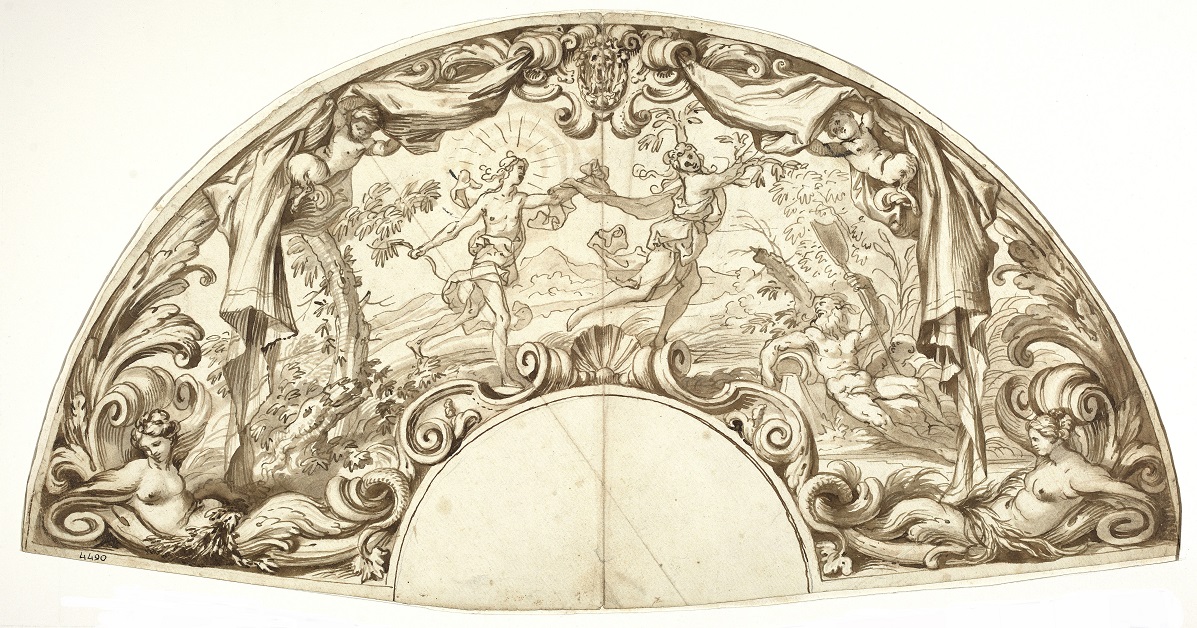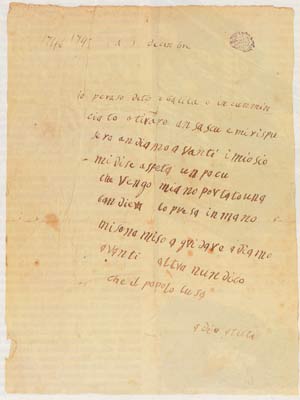Donated to the Municipality of Genoa in 1906 by Edoardo Cabella, the document attests to the identity of the famous “Balilla”, the boy who, in 1747, with a first stone thrown at the Austrians, sparked the revolt of all his fellow citizens. The text of the manuscript reads as follows: "I, known as Balila, began to throw a stone and they replied, “Let's go forward, my brother,” and I said, “Wait a moment, I'll go and get a stick,” and I took it in my hand and began to shout, “Let's go forward, I won't say anything else, the people know it, God knows it, everyone knows it”. In reality, upon closer examination, it was possible to see that the watermark on the sheet bears a trademark and the date 1832, effectively disproving the content of the document. Handwritten document with G.B. Perasso's personal attestation that he is the famous “Balilla” credited with starting the anti-Austrian revolt of 1747.








